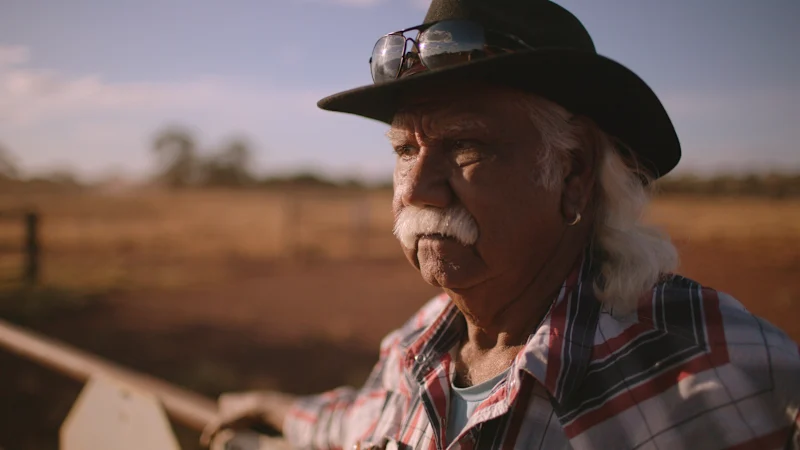Copyright brisbanetimes

In the film’s chilling opening scenes, Parker visits his traditional lands in full hazmat suit, a lone figure shrouded in white plastic, face hidden behind a respirator. He contemplates a tranquil waterhole where he used to fish and camp as a boy. Next, we see him standing atop a tailings dump. His voice echoes over the land as he shouts into the void: “This is all the crap that has been here for well over 60 years … All this rubbish, all the tailings. Country is no good. Ruined. Poison has been left here. White and black, getting sick. Making my spirit feel bad. Whitefellas left it behind … All my old people, we’re all crying for Country.” Lang Hancock, the father of billionaire mining magnate Gina Rinehart, was the original owner of the Wittenoom mine. The film includes archival footage of the late prospector and mining entrepreneur, dubbed the “human bulldozer”. Let’s just say that Hancock’s views on Aboriginal people, and the sufferers of asbestos disease, have not dated well. The mine was taken over by CSR Limited in 1943 and continued to operate until 1966, when it was closed because of growing health concerns. In 2007, the Wittenoom township was degazetted – in effect, wiped off the map. The town disappeared, but the aftermath of its mines was not so easily erased. According to the Asbestos Diseases Society of Australia, more than 2000 workers and residents of Wittenoom have died from asbestos diseases to date. For the local Indigenous people, the consequences are intensified – not only do they have the world’s highest mortality rates from malignant mesothelioma, they are denied access to their traditional lands. Bou Melhem had covered a number of conflict zones, including in Syria, Libya, Myanmar and Pakistan, but has had more nightmares about filming in Wittenoom’s exclusion zone than she has ever had about working in war zones. The danger in a war zone is usually immediate, she explains. But mesothelioma is a slow and silent disease, generally not appearing for 20 to 50 years after the original exposure. The danger is ever-present.



